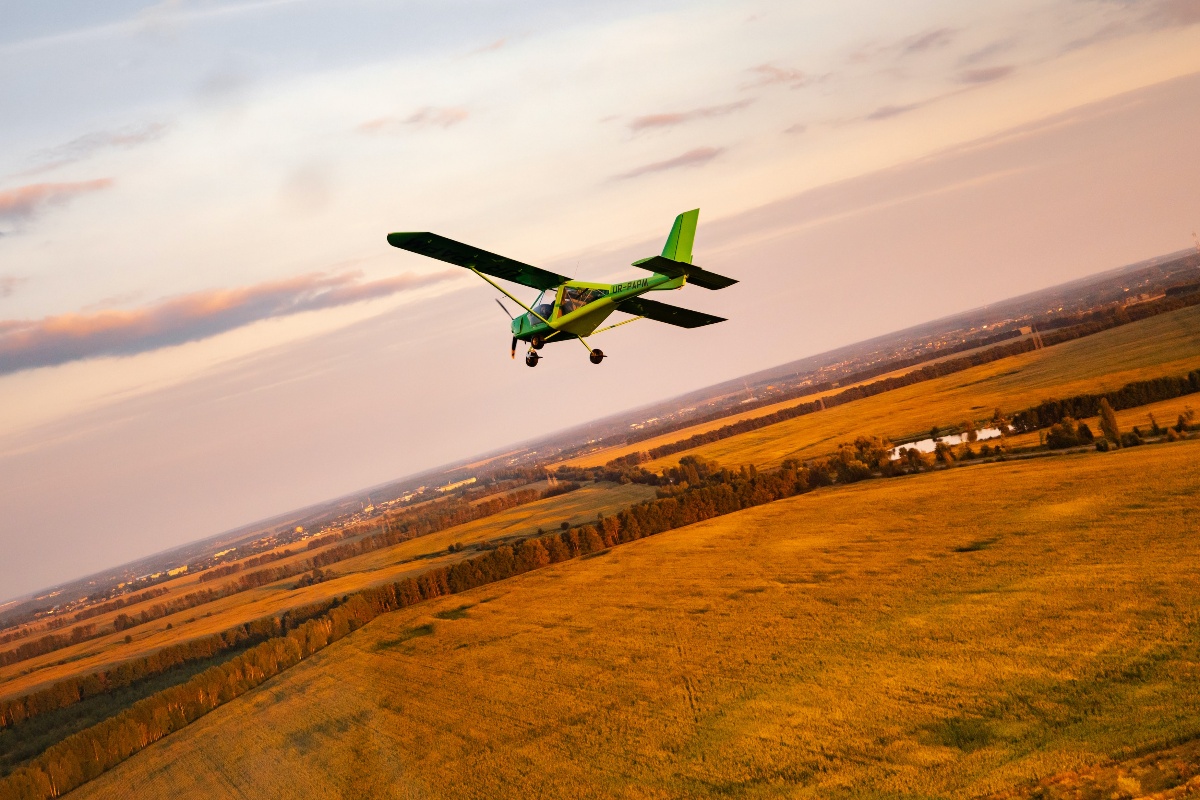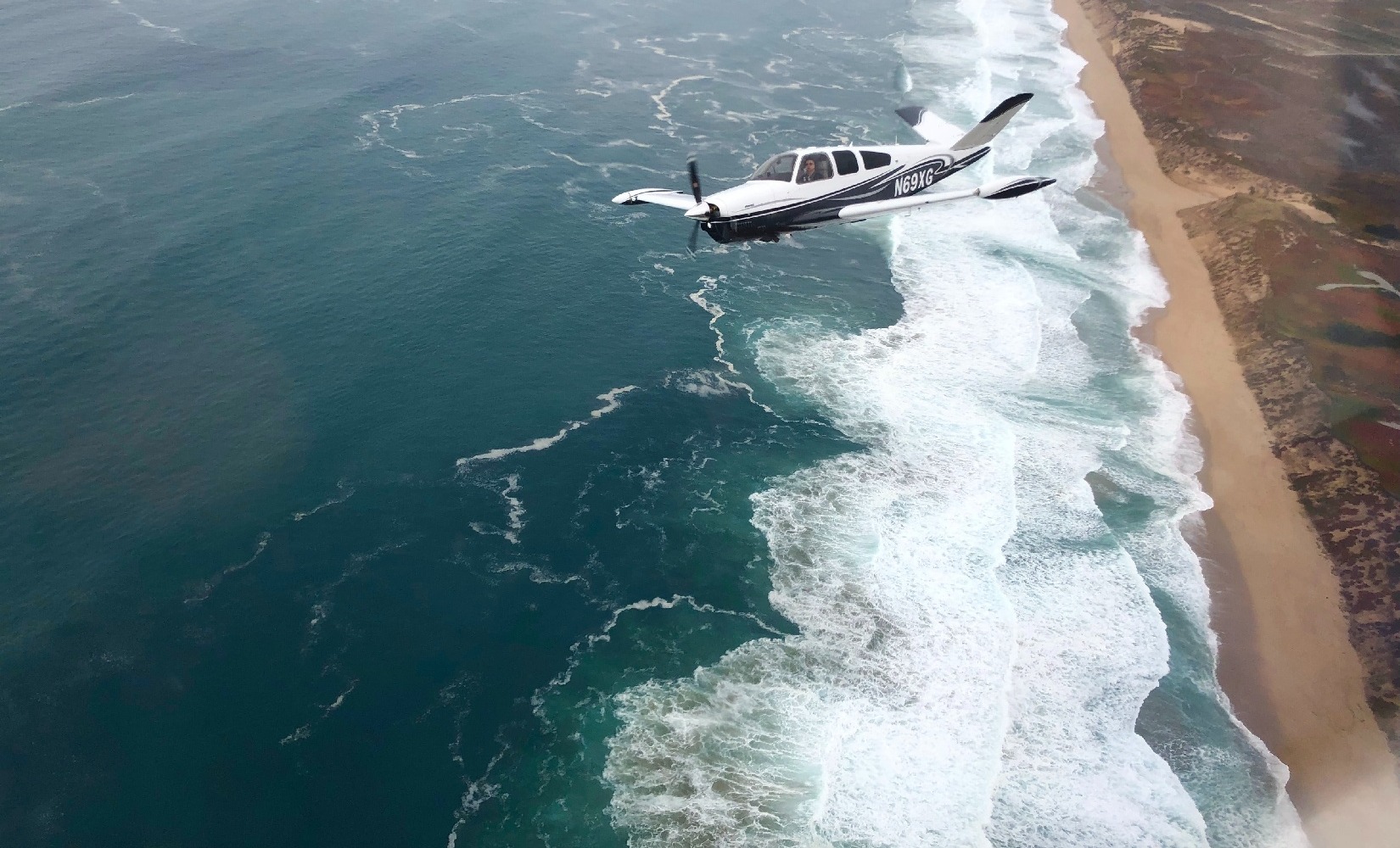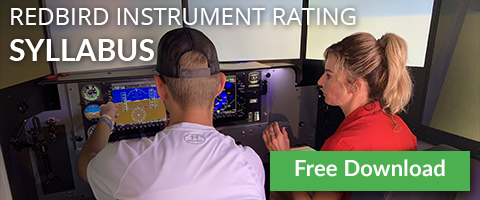3 Ways to Improve Your Night Flying
Night flying is some of my favorite flying. The calm, cool air. The quiet on the radio. The unmistakable position lights from your fellow evening aviators. It’s easy to imagine yourself sailing off to never-never land while the world is slumbering in the darkness beneath you.
However, there is nothing quite like descending out of the traffic pattern on a moonless night, with low-intensity runway lights as your only ground reference, to make you wish you had studied the sectional chart more thoroughly. Praying in silence that power lines are not crossing your final approach is not a sustainable way to operate. If your flight instructor did their job, then their badgering you with abstract phrases like ‘risk management’ and ‘aeronautical decision-making’ will haunt you until those concepts ring true from your own experience.
As you prepare for your next night flight, here are a few tips to help you continue improving your performance.
1. Study the Ins and Outs of Your Destination Airport
If you have ever experienced a black hole approach, I can almost guarantee you will never attempt another night landing at an unfamiliar airport without thoroughly examining the chart supplement before your flight. The federal government requires any obstruction that reaches two hundred feet above ground level (AGL) to have lights, but that is small comfort when you are crossing over 180-foot high-voltage wires to land beyond a displaced threshold.
Did you ever think it was silly how insistent your Certified Flight Instructor (CFI) was about obtaining the current altimeter setting, even when you already had visual contact on a runway in the brightness of day? Make that same descent at night. Suddenly it is not such a waste of time.
Knowing exactly how far the nothingness extends to terra firma is crucial. Remember all those circuits you have made in the traffic pattern? Their associated turns-by-altitude and headings-by-leg can turn nighttime pattern work into an enjoyable and executable exercise instead of a sweaty, white-knuckle workout.
Related Content: Navigation Know-How
2. Know and Trust Your Instruments — Even in VFR
Precision control of courses, altitudes, and descent rates is a bedrock skill you need to fly comfortably in the dark. Accordingly, the common wisdom dictates that earning an instrument rating is the best way to master night flying.
The first time one of my students rotates on a night takeoff and feels a nip of anxiety when staring into the void ahead of them, I remind them to trust their instruments. Suddenly that time training under the hood seems like money well spent. It is one of the reasons I indoctrinate entry-level students with the use of known settings.
Known combinations of control inputs achieve predictable performance. In a Cessna 172, with throttle full-open and pitch attitude set between five and ten degrees above the horizon, the aircraft will maintain 75-85 knots in a climb. Likewise, with the throttle set to 1500 RPMs, flaps set to 10 degrees, and trim set for 75-80 knots, the aircraft will maintain a descent rate of roughly 500 feet per minute.
Any student who has flown a few dozen laps in the traffic pattern already knows these inputs by heart, but understanding when to employ these tactics takes guidance from a practiced hand. Flying safely at night — like flight into IMC —is all about removing the guesswork from your control parameters. Get to know the performance section of your aircraft’s Pilot Operating Handbook (POH) intimately. You might even demystify the nature of how density altitude effects performance.
If you do not have an instrument rating, you are not excluded from utilizing advanced techniques. Whenever possible, I try to expose my students to the basic use of an instrument landing system (ILS) or localizer performance with vertical guidance (LPV) glideslope. In this context, it is only for enhanced situational awareness. Maintaining a vigilant watch on your airspeed and altitude must not be neglected on approach to land just because you have a perfectly-centered little needle stroking your ego.
If you are a student pilot, or simply want to feel more secure while flying after civil twilight, hire a Certified Flight Instructor – Instrument (CFII) to instruct you on when and how to deploy these strategies during VFR flight.
3. Pay Close Attention to Your Lights When Landing
Now for the part that keeps you up at night (pun fully intended): the landing. One second your approach is perfect, and the next — wham — you wonder how much a nose wheel strut replacement will cost. Unfortunately, my advice here is banal and taken right out of the Airplane Flying Handbook.
It all comes down to lights: your landing light and the runway edge lights.
If you can see the rubber markings from landings past reflecting off the tarmac in the glow of your landing light, then buddy, it is time to arrest that descent rate and level your pitch. Finally, you are ready to set down, but it is tricky to acclimate to your perception of the edge lights as a ground reference.
You cannot reduce power to idle with only the hope that you are not five-to-10 feet off the ground. In my experience, whenever a pilot is apprehensive about a night landing, they are generally much higher than they think. If you ask me, it is better to leave a touch of power in through the touchdown than to roll the dice.
Treat every night landing like it will be on a soft field, and like your grandma occupies your passenger seat while she crochets with sharp needles. Control your airspeed with vigilance. Flare your pitch for landing like you are easing into a scalding hot bath. Be ready with the throttle, but keep your corrections to a minimum. And most of all, breathe.
Share this
You May Also Like
These Related Articles

The Three Underlying Causes of General Aviation Accidents

4 Lessons in Pilot Proficiency I Learned From My Father

